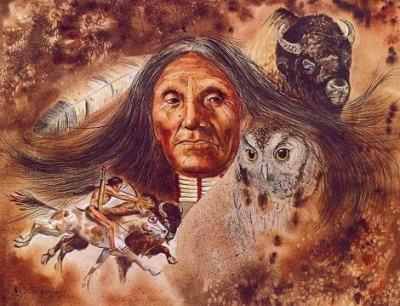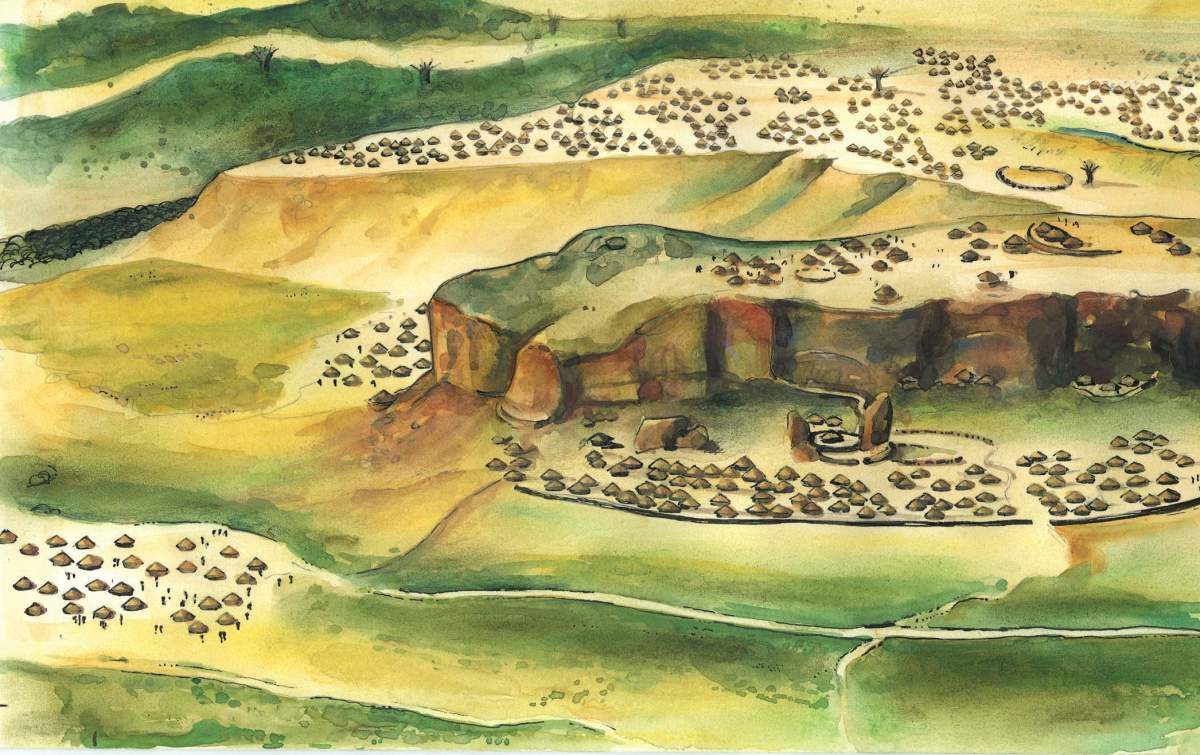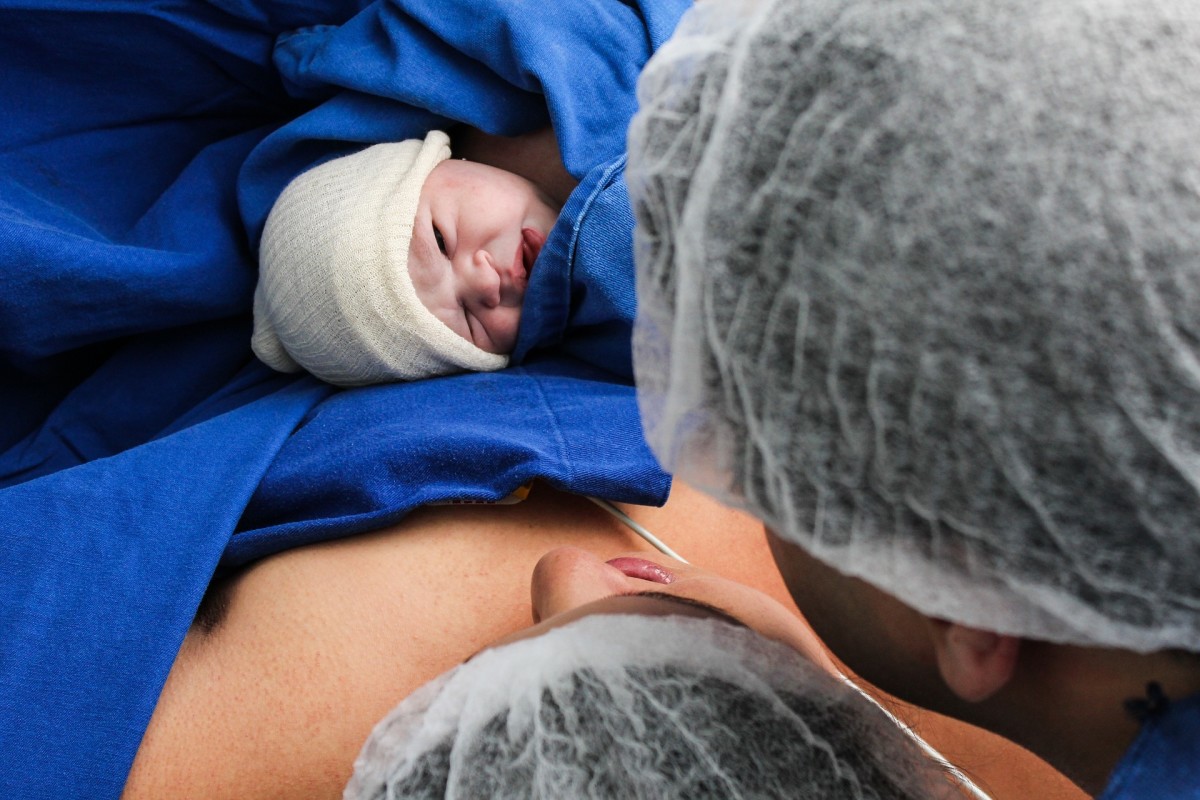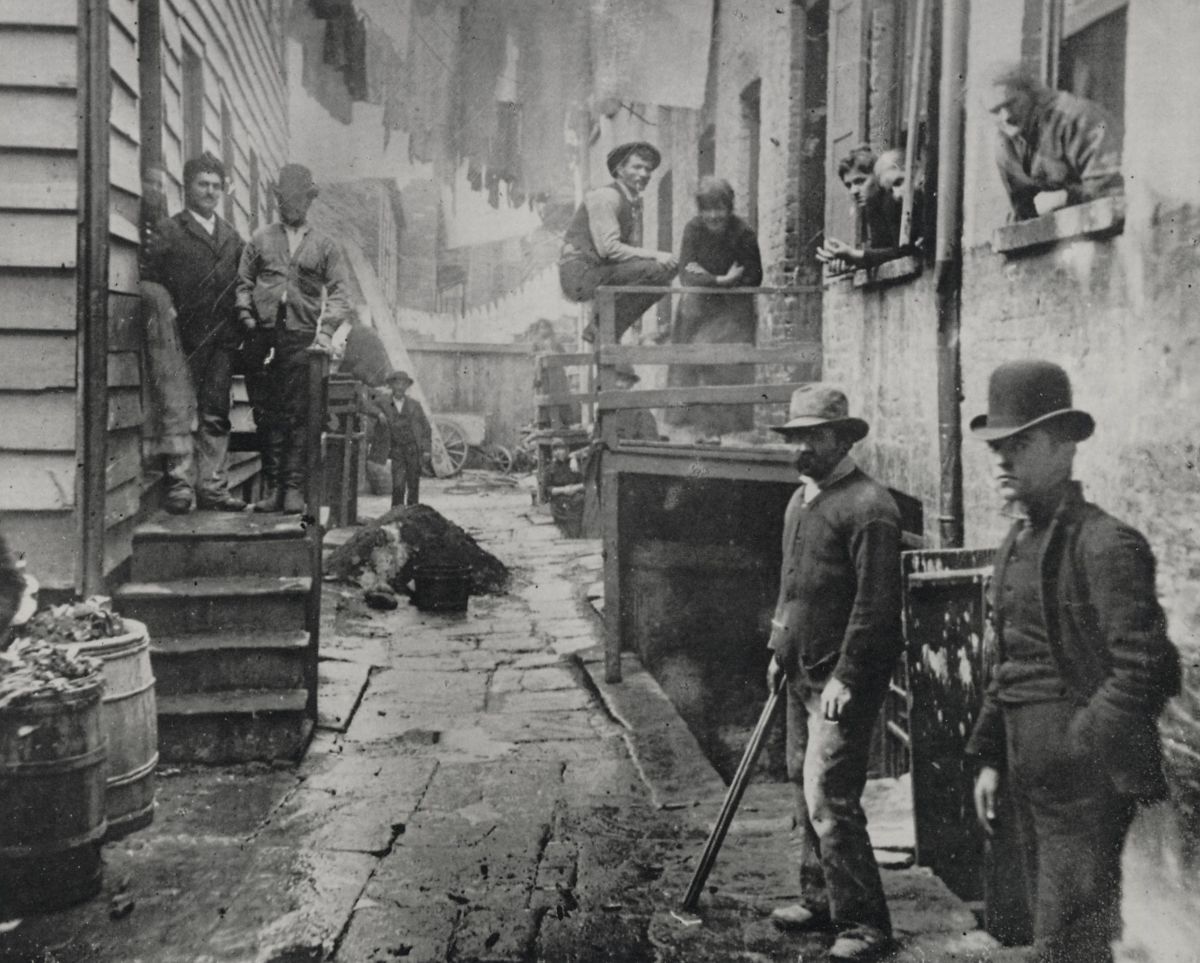First Nations' Vision and Practices
The vision quest was a central custom

Customs and Their Significance
First Nations peoples had many various customs and practices, some of which we have examined such as ritual human sacrifice, the potlatch, spirit dance and the sun dance. There are many other customs and beliefs that defined each group and gave them a unique identity and a cultural heritage. There are some customs that are shared among a broad band of peoples. Among these are the belief in dreams as a potent guide to life, the sweat lodge, totem beliefs, the talking stick, the practice of what they called in our language; medicine, that differs radically from what we identify as medicine, peace pipe, smudging, the rite of passage testing, the dance, drumming and singing. Some of these would be emphasized over others depending of the nation or people in question. Of all of these, the respect for dreams and dream interpretation was a paramount guide to life. In fact, among the Australian Aborigines, there is even reference to a “dream time” that was the foundation of the the real manifested physical world.
Among most nations there was a medicine person who was a seer, a guide and a healer. Among this person's skills was the interpretation of visions, which included dreams. Almost every First Nations person was taught respect for dreams, that they were potent guides for life and often a signpost for the future. If a person had a vivid dream, and we all have them to a greater or lesser degree, this person might not know what the dream meant and would thus seek the council of the medicine person. The medicine person was usually a man of great skill, but occasionally a woman. In some nations, the inter-sex person was considered as a potent medicine person. Within the pure First Nations cultures, prejudice against gay people was unknown. That was introduced from outside, mainly by the Christian influence.
We can say that among the ancients, the First Nations medicine person was a top rank psychologist of the period, who instinctively understood the unconscious role in a persons life, the importance of dream analysis and their interpretation. In fact, dreams were even encouraged in the wakeful and conscious state and these visions were the focus of the vision quest. They could be induced in a sweat lodge ceremony, through the deliberate ingestion of psychoactive plants and mushrooms, or even during a ceremony such as the sun dance. At other times, a young brave would be temporarily exiled to go through hardship in order to seek out the vision. Medicine was a way of life, where all good things were identified as what we translate from them as medicine. Medicine people also had a thorough going knowledge of herbs of all kinds and what each was good for within their experience. This was all medicine and was designed to strengthen the individual and give them insight into life and their role and place in it. To the medicine concept of the First Nations, people were seen as part of the natural order and not separate from it. The so called medicine wheel was a device that was used by the medicine person to calculate the seasons and was an integral part of nature and society. There was great importance attached to the balance and care of nature in most cases. Today, we have an item allegedly of First Nation original the dream catcher. But to the First Nations individual, dreams decided the course of wakeful life. To us today, we see dreams as messages from the unconscious that tell us what we otherwise censor in our wakeful consciousness. Among the First Nations, the lucid dream was of particular importance. Many prophetic stories handed down to us today, originate from vision quests and lucid dreams of the past great medicine people.
Part of medicine culture was the sweat lodge, used for purification and vision quests. The sweat lodge was usually a domed structure made up of a flexible wooden branches like a wikiup and covered with animal skins. A fire was constructed outside where stones were heated. Inside was a container made of bark, a suspended skin or a large clay pot filled with water. When warriors or vision quest seekers went into the sweat lodge, the medicine person who joined them and ran the sweat, would bring in heated stones and either place them in the water of throw water on the stone to make the place hot and humid. Today, we have steam rooms and a form of hatha yoga called Bikrim's yoga that uses a hot, humid and enclosed setting for different reasons. But for the sweat lodge, long term endurance in as hot and humid as possible setting was sought for the purification and/or vision quest. Those who have gone through the sweat lodge report amazing results. We caution that those seeking the experience of the sweat lodge only do so if they are in good health and have the go ahead from their family physician. The sweat lodge in no cake walk and should be engaged only in all seriousness and respect.
Totemism is an important concept in First Nations thinking, mythology and name giving. For most nations, the moment of birth of child was an important marker and was identified to what was going on in the world around. Thus if the mother or mid-wife saw a deer run by at the moment of birth, the child would be called running deer. If it was a horse kicking, then kicking horse and the like. Our contact with important First Nations peoples with strange to us names, got these names either from surrounding conditions at birth or from some seminal moment in life that was important to the individual. A persons name could even change during life. Each person has a totem animal that is what best can be described as the spirit of the person. Animals of all kinds were seen a potent symbols and in some nations were seen as people. Thus, in the west coast nations, salmon were not seen as just fish, but as a kind of people, on the par and equal to human beings though different. On the plains, the bison was of extreme importance. Often, the hunter would ask permission of the animal in a kind of prayer said before the hunt and before the killing. When a white bison was seen, it was a sacred omen that was not killed and even protected. All animals were subject to being totem symbols and would be recreated in art and sculpture. Some of the recreations are exquisite masterpieces. To be identified with an animal then was central to the individual as this meant that these qualities were included as part of their personality. For many cultures, the eagle was held in high regard, almost to the status of a god. To be blessed with the gift of an eagle feather, especially from an eagle itself was a great gift and was worn with pride.
Among the customs of the First Nations, perhaps one of the most democratic was the idea of the talking stick. This often highly decorated item was kept in safe keeping by the medicine person or the chief. When a council was called among the chief, medicine person and the braves, there would be a round of communication. This was mediated with the talking stick. This was passed around and only the person with the talking stick could speak and the rest had to listen. When the person had finished, the talking stick was passed on to the next person who then would be the only one to speak and the rest listen. This was done until everyone had their say as much as was required to reach a consensus in a council, such as a war or hunting council. Today, we have Robertson's Rules of Order and various other means to give each person the floor for their say, but the talking stick was also an effective tool.
Along with the talking stick was the pipe. This might contain tobacco or some other herb including marijuana. Typically, tobacco was used. The peace pipe was passed around a council circle as a bond between meetings of two or more neighbouring nations to form an peace bond of confederacy such as the six main Iroquois nations. The talking stick was used in conjunction with the peace pipe so that all members would have a chance to make their points.
Smudging was an act of public prayer and was accomplished with some form of smouldering plant material waved close to the individuals at a gathering as a blessing and a prayer. For the plains peoples, sweet-grass was used in the practice. Smudging may have been done prior to some important event or as a closing blessing. One of these events was the rite of passage from one important stage of life to the next.
Among the many First Nations, there were many rights of passage. For the plains people, that was the sun dance that was also a vision quest and test of strength. For others, such as the Inuit, it was the warrior's lone trek into the frozen wilderness during a fast and vision quest in the depths of the long winter night under the aurora borealis. The right of passage might include the hunting and capture of a live game bird without hunting tools and bringing it back to the medicine person. For others, it was the taking of psychoactive substances in the presence of the medicine person. All of it was challenging and this was often needed due to the hard life that many of these people faced, especially when the invaders started making their strange appearance.
Dancing, drumming and singing are all central to virtually every First Nations people. The songs would be of creation myths, important events in the lives of the people, of successful hunts and wars. The drumming was used as a kind of mesmeric rhythm to get all individuals in synch and it works as we can see at modern mass concerts. Many people cannot appreciate First Nations drumming, dancing and singing until they have a first hand experience and then get caught up in the intensity and frenzy of the experience. First Nations music can be enrapturing, especially if it's live. As for instruments, the voice is central as the rhythm of the drum. Some nations have the flute and others simple stringed instruments, especially among the high civilizations. Of all the practices, the dancing, singing and drumming have been the most persistent.
Among the First Nations, there have been great prophets who had visions of the future, often terrifying and some of these haunt the modern civilized world of the Europeans who invaded and pulled the land out from under them. Some of the visions, such as from King Pacal of the Maya are astounding in their descriptive accuracy of modern times. The Hopi are also renowned for the results of their vision quest and prophecy. Today, we are obsessed with a particular vision quest; the end of the current Mayan long count that is supposed to mean a major paradigm shift on or about December 21st to 23rd, 2012. It has even been depicted in a major movie simply called “2012”. The Aztecs foresaw their own demise through what they saw as the return of Quetzalcoatl dated in the translation from their to our calendar for November of 1519, the very time Cortez began the sacking of Tenochtitlan. Now we hear more buzz about the return of Quetzalcoatl, as the first event eventually proved to be false, so now we can apparently expect it for 2012.
But in 1519 and thereafter, there was a major paradigm shift for the First Nations, for this was the beginning of the end of their world under the heel of the conquistador, the pirate, the slaver, the trader, the explorer, the pioneer, the rancher and the various rushes for wealth and power whether for kings or for tycoons. The various First Nations lost a lot of what they had become accustomed and sent to a variety of destinations, none of which was a happy ending. The choices are to assimilate or to live on hold in squalid reservations. A tremendous amount of culture by way of language and life style was also lost. Whole nations went to extinction. The process has now shifted from North America to Amazonia in South America. In the push for agricultural growing space and mono-culture cash crops such as beef cattle and eucalyptus trees. In every case, the First Nations are pushed aside to either assimilate or to waste away as the drive for profit continues. There are still patches of the Amazon forest that have not been touched with First Nations still living undisturbed, but we wonder for how much longer in the insatiable demand for ever more growing space for cash crops in an ever shrinking supply. Now as then, First Nations are often regarded as being in the way, while we busy ourselves with our lives, oblivious to the continuing suffering.








